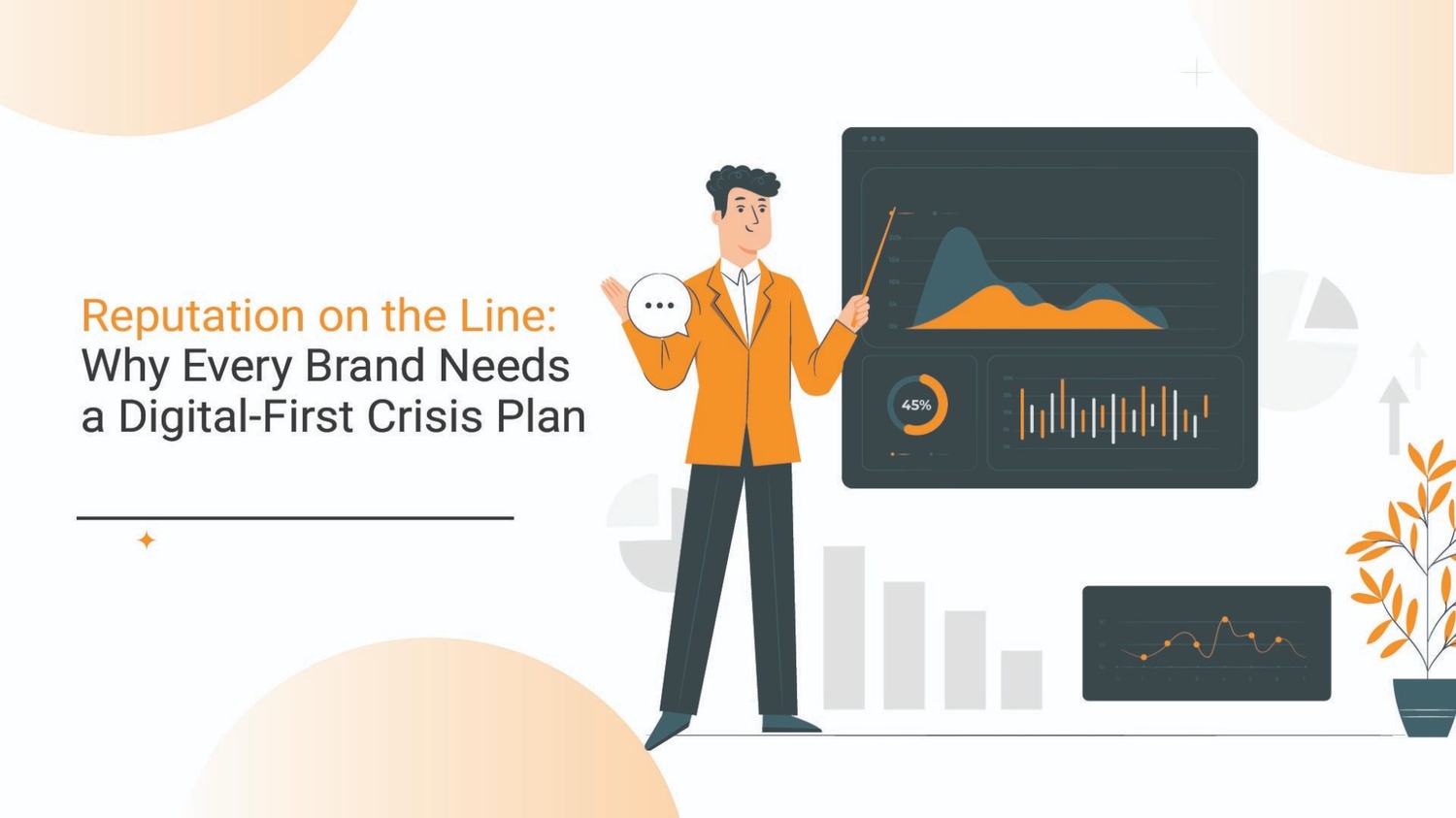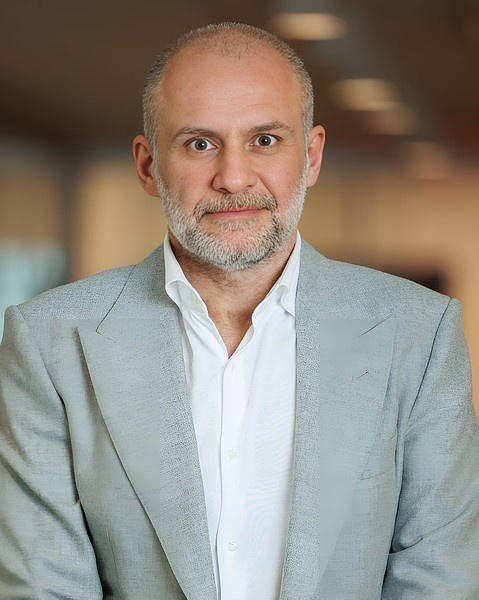

brand safety marketing
Reputation on the Line: Why Every Brand Needs a Digital-First Crisis Plan
Reputation on the Line: Why Every Brand Needs a Digital-First Crisis Plan
In an era where reputation travels faster than fact, every brand lives one tweet, one misstep, or one breach away from public backlash. The traditional concept of damage control has evolved. What once relied on reactive press releases and internal legal counsel now demands a digital-first, always-on approach to brand crisis management. A modern crisis is not just a media moment. It is a real-time digital event that unfolds across social platforms, search engines, and news aggregators within minutes.
For brands navigating today’s fragmented attention economy, preparation is no longer optional. A crisis will not wait for approval chains or boardroom alignment. It arrives without warning and gains momentum on platforms where the brand does not own the narrative. That is why building a proactive crisis PR plan, rooted in digital readiness, is a non-negotiable for companies serious about reputation resilience.
Digital Crises Are Not Just PR Crises Anymore
While the fundamentals of PR still apply, clarity, speed, and honesty, the mechanics of response have radically shifted. The platforms driving brand perception have changed. Where a newspaper headline once shaped public sentiment, now a Reddit thread, a TikTok video, or a screenshot of a Slack message can redefine how a brand is perceived within hours. Digital virality has compressed the crisis lifecycle from days to minutes. A missed beat or tone-deaf response can have long-tail effects across channels, affecting everything from customer retention to stock performance.
In this environment, digital PR becomes not just an amplification tool but a frontline defense mechanism. It merges reputation management with the dynamics of real-time searchability and social visibility. Brands need digital-first messaging frameworks ready to deploy immediately across earned, owned, and paid media. That includes preparing reactive statements, identifying internal subject matter experts, and aligning legal, comms, and customer service teams long before a crisis hits.
Search Visibility Is Part of the Battle
Too many brands underestimate how crisis moments are shaped in Google search results and news feeds. The first impression during a crisis is often not the statement a brand releases but what appears when someone types the company’s name into a search bar. That is why integrating SEO strategy into a crisis plan is essential. When negative headlines dominate search results, they create a persistent halo effect that can harm recruitment, investor confidence, and consumer trust well after the issue has passed.
Brands must have protocols in place to actively monitor and influence these digital narratives. That may involve optimizing owned content that tells the brand's side of the story, publishing third-party commentary that provides context, and working with media to ensure updates and resolutions are equally visible as the original controversy. Reputation repair in the digital age is not about erasure. It is about reframing through credible, searchable storytelling.
Where Digital Marketing and Crisis Planning Intersect
Crisis planning is no longer just a communications function. It intersects directly with digital marketing, particularly when crises affect performance channels. Paid media spend might need to be paused or redirected. Social media calendars must be reviewed and adjusted in real-time. Brand voice may need to shift to reflect sensitivity without signaling weakness. All of this happens in the same window where headlines are breaking and public commentary is peaking.
For CMOs and marketing leaders, that means treating crisis readiness as a cross-functional imperative. Comms, brand, content, and growth teams must coordinate under a single plan that prioritizes both message consistency and channel responsiveness. This is especially critical for global brands where crises can take different shapes in different markets. What resonates on Instagram in the United States may not translate on WeChat in Asia.
The Most Trusted Brands Are the Most Prepared
Brands that recover fastest from crises are not the ones that avoid scrutiny. They are the ones that respond with transparency, speed, and consistency across channels. That response begins long before a crisis ever makes headlines. It starts with scenario planning, message rehearsal, media training, and cross-team simulations. These steps build muscle memory. They create the infrastructure for a rapid, aligned response when public attention surges.
A modern digital-first crisis plan is not a binder on a shelf. It is a living protocol that evolves with platform changes, audience expectations, and brand growth. It is reviewed quarterly, stress-tested often, and aligned with the same rigor as any product launch or campaign rollout.
Reputation Is Built in Peace, Tested in Conflict
At its core, reputation is a long-term asset that is constantly at risk in the short term. It takes years to build and minutes to jeopardize. In today’s hyperconnected landscape, where headlines can be generated by a disgruntled employee, a cybersecurity lapse, or a viral customer video, brands must assume that reputational risk is a matter of when, not if.
What defines a brand in those moments is not the presence of a crisis, but the quality of its response. A digital-first plan ensures that when the spotlight hits, the brand has a clear voice, a steady strategy, and a defensible position. It ensures that the public, the media, and key stakeholders see leadership, not chaos. In a world where perception is as powerful as product, that preparation can make the difference between recovery and irrelevance.

Ronn Torossian
Ronn Torossian is the Founder & Chairman of 5W Public Relations, one of the largest independently-owned PR firms in the United States. Since founding 5WPR in 2003, he has led the company's growth and vision, with the agency earning accolades including being named a Top 50 Global PR Agency by PRovoke Media, a top three NYC PR agency by O'Dwyers, one of Inc. Magazine's Best Workplaces and being awarded multiple American Business Awards, including a Stevie Award for PR Agency of the Year.




